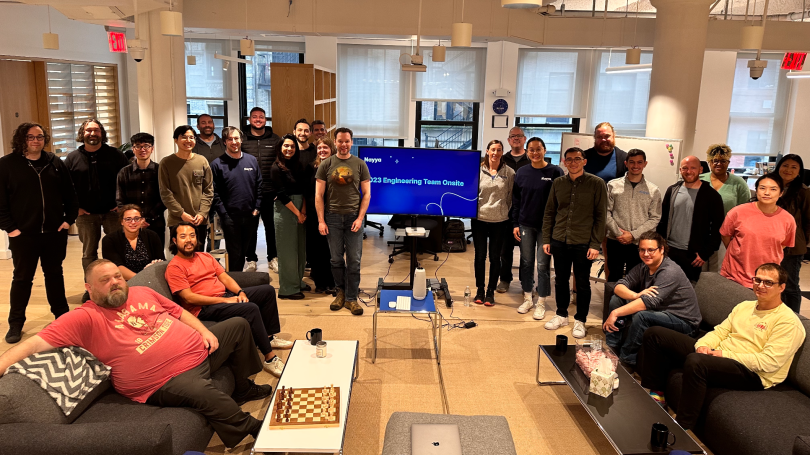The scaffolding that buttresses an under-construction building, the helmet that ensures a spill from a bike isn’t a catastrophic event or even the eraser on the end of a pencil — each serves as an essential safeguard against unintentional mistakes or unforeseen circumstances.
In the workplace, protection isn’t always immediately evident. Few professionals are at risk of being hit by a falling brick or veering off course into a thorny bush, after all.
Still, there are more subtle threats that can significantly impact an employee’s well-being, performance and career trajectory. Psychological safety, or the lack thereof, is elusive but as critical as a hard hat or safety net to one’s longevity and security.
In a psychologically safe work environment, the questions asked, risks taken, opinions shared and mistakes admitted are welcomed forces.
A recently published Wiley Workplace Intelligence report showed that 53 percent of individual contributors felt comfortable taking risks, compared to 64 percent of managers and 71 percent of directors. Despite the elusive nature of psychological safety, risk is an important part of growth. A study published in the American Economic Journal suggests that trial and error are not only integral to growth and development but also influenced by an organization’s attitude toward risk.
For engineering teams, iteration is vital, allowing them to refine designs, identify flaws, and create efficient and effective solutions. Likewise, the propulsion to iterate is driven by their ability to test, learn, fail and try again.
In this context, psychological safety provides the structure and assurance to work confidently and contribute fully. While not directly perceptible, this invisible scaffolding is an agent for protection, stability and growth.
At Nayya, Director of Engineering Andrew Lin succinctly shared how his team keeps psychological safety at the forefront of the creative process — and why it’s for the benefit of all.

Nayya is a software platform that helps employees choose and use their employee benefits, and transforms the way teams plan, experience and pay for care.
What does psychological safety look like on your engineering team?
At Nayya Engineering, it’s vital that everyone feels safe to share their honest opinions and ideas, both within their own teams and with the broader engineering group. More diverse perspectives involved in decisions lead to better outcomes.
Psychological safety means engineers can voice suggestions and debate respectfully, without fear of being personally judged if an idea doesn’t pan out. Ideas should be evaluated on their merits alone.
“Psychological safety means engineers can voice suggestions and debate respectfully, without fear of being personally judged if an idea doesn’t pan out.”
What are one or two actionable ways you cultivate psychological safety for your engineers? What impact does this have on your team’s and the business’s success?
At Nayya, blameless postmortems are a critical tool for maintaining a psychologically safe culture even when things go awry. By taking a sober, facts-based approach to understanding failures without ascribing individual blame, we figure out where the gaps in our assumptions are.
Additionally, robust feedback loops ensure that issues surface early. In one-on-ones and retrospectives, we empower each engineer to share perspectives constructively. Feedback focuses on behaviors and outcomes, rather than the person.
What is one challenge to cultivating psychological safety on your engineering team? How do you overcome it?
As an engineering leader, I recognize that no one has all the answers, and it’s important to normalize not knowing everything. To reinforce this, I deliberately ask questions during decision-making discussions to clarify points or highlight my own knowledge gaps.
By exposing the boundaries of my own understanding, I aim to demonstrate that it’s acceptable and valuable for everyone on the team to say “I don’t know” at times. Seeking clarity should be something we constantly strive for as engineers.






